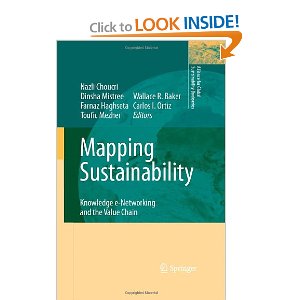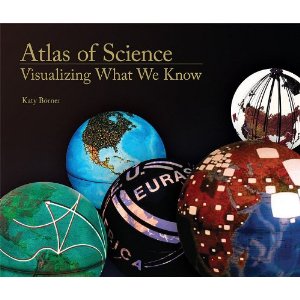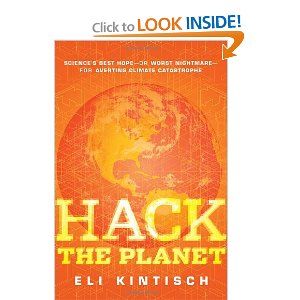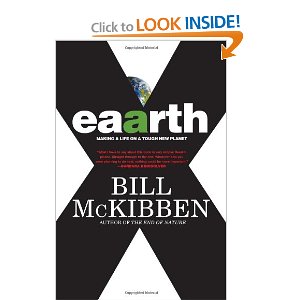
![]() 5 for Potential Value, ZERO for Greed Pricing
5 for Potential Value, ZERO for Greed Pricing
August 21, 2010
Nazli Choucri (Author, Editor), Dinsha Mistree (Editor), Farnaz Haghseta (Editor), Toufic Mezher (Editor), Wallace R. Baker (Editor), Carlos I. Ortiz (Editor)
I was about to buy this book when I noticed the price–$189. This is, once again, a situation where the authors have to think clearly when arranging for publication. News flash: you can still publish and be listed on Amazon, get the publication credit, and NOT be a prisoner to a greedy publisher out of touch with the information society. It is not enough to be published–one must be published in a manner that makes the knowledge accessible to all others, not “locked down” by publisher over-pricing.
Springer is offering it for $139, and Barnes & Noble is offering it for $103.
An online version is offered but Springer site is not at all friendly and there is no obvious price-checkout option for guests.
This book should be selling for no more than $49.00. I am adding it to my Amazon list of outrageously priced books antithetical to the needs of society.








